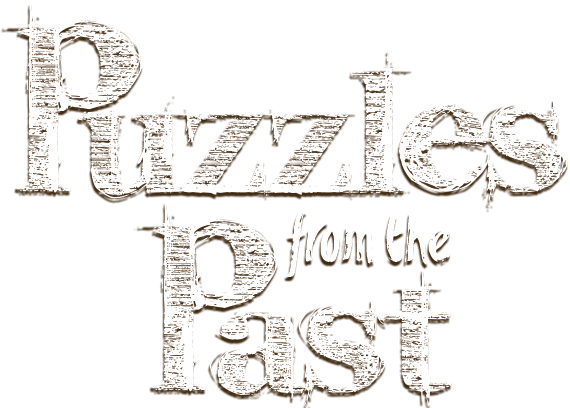The board game known as "Alquerque" was brought from the East to Spain by the Arabs. It was similar to checkers and very popular at the time.
Read MoreThese fragments are a type of tableware that was highly prized during the 15th century. The blue motifs are not completely understood.
Read MoreBased upon its location with a skeleton, it raises the question if the individual was killed as a result of the war, and were they given a proper burial if they were on the losing side?
Read MoreThe apse of the church of Zorita was partly built using one of the guard towers of the castle, specifically the tower housing the weapons. The upper part of this tower is still preserved over the apse, with embrasures to fire guns and rifles.
Read MoreSulphur was used to make gunpowder at Zorita Castle. They are nicknamed “stinky stones” as they expel the characteristic odor of sulphur, even today when they are split open.
Read MoreFound with the skeleton of its owner in a grave in the castle cemetery. The knight was buried with his left femur split in two — probably after a battle at the castle.
Read MoreIn the eleventh century, these decorative frames adorned the room occupied by the mayor of Zorita who was Alvar Fáñez, a relative of the famed Spanish Knight, El Cid.
Read MoreThis enigmatic piece of fibrolite is a polished axe from the Neolithic period. Called lightning stones by the Romans, these pieces were greatly prized, as they were believed to foretell good fortune.
Read MoreMultiple Cannonballs have appeared during excavations at the castle including a significant number in the dungeons as well as embedded in walls near recent excavations.
Read MoreThis spear head is a unique example in the region from the 15th century. Curiously it was found next to a cereal mill and by an oven used to bake bread – an uncommon location to find such an item.
Read More










